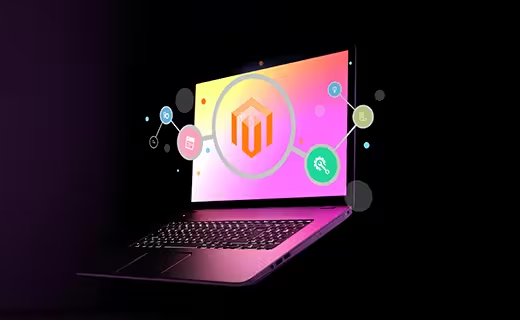
Summary
Online retailers should keep an eye on the calendar for the latest release and upgrades that the e-commerce platform Adobe commerce provides. Every online retailer needs to keep the store with the latest versions to make it secure, performant, and PCI compliant. Why does the solution partner seek merchants to plan out the upgrade? Even the majority of the merchants have been advised to roadmap the plan annually to ease the operations. We will provide the keynotes on the new release (of course, you can explore it through the platform news resource) and the best practices with essential considerations.
Table of Contents
Why do we require to upgrade?
Firstly, Adobe always comes up with out-of-the-box ideas with its new releases. The platform that provides Open-source, commerce, and commerce cloud services has never disappointed the users. Magento’s limitless customization and flexibility to best serve your customers is the unique essence of standing independently in the e-commerce markets.
Secondly, Upgrades make your store future-ready and compatible with the latest features and technology to increase your conversion rate. Even it allows your store to be secure from malware attacks. 83% of the security incident occurs on an older version of the software, leading to $3.8 million of a data breach, according to IBM. A monthly health check of your online store is a mandate!
The other concern is performance. If your online store deviates even a few seconds to load, you may lose the visitors. Speed is an integral part of SEO nowadays; one must improve it with the patch releases focused on performance enhancement.
Ignoring the update and managing the outdated version of the e-commerce platform leads merchants to put in extra effort and have a lasting impact running the business. Online retailers should make an annual roadmap following Adobe Calendar, considering time, budget, festivity, peak time, and yearly holidays.
By updating your store with the latest security patches or version upgrades, you are future-proofing your business and staying ahead of the competitors. Let’s see what does the new release comes up with.
Prepare for the upgrade to M2.4.4.
The version release is on April 12, 2022, and the beta code is available for partners to prepare. The influential keynote is to have the latest PHP 8.1 and remove support for PHP 7.3. Several keyframe updates are:
- Support for new Open search Search & Analytics Suite (Elasticsearch Parallel)
- Latest version support multiple system dependencies, including Elasticsearch, Redis, MySQL, JS libraries, and composer dependencies
- Removal of older JS libraries, redundant Laminas libraries, and NPM dependencies
Online retailers and shop owners may ask their solution provider to have an in-depth technical update from here. Also, to understand the process, you can have a detailed user guide.
Best Upgrade Practices
Make sure you follow the standard way to make this upgrade successful. Don’t skip any of the following steps:
- Analysis
- Development and Testing
- UAT and Lauch prepare
- Launch the upgraded e-commerce store
- Post-launch support and maintenance
Apart from the steps mentioned above to follow, a few things ease the process. See the narrated points below:
- Make sure to test all upgrade actions in a sand-box or staging environment to ensure zero hindrance post-launch.
- Always have a SEPERATE server instance to perform updates and shift it to a live one to ignore the downtime.
- Make sure to focus on Custom development, use native functionality, and extend it to the level of your custom requirements.
- Limit the number of third-party extensions to prevent internal conflicts and theme conflicts.
- Make sure to have a monthly store Maintenance and health check by your technical team to avoid downtime or order loss.
- Keep an eye on the e-commerce roadmap from Adobe’s release calendar and plan the resources and budget annually.
- Understand the resources. Do you have your team manage this internally? Or Do you approach the experts who made your online store? Or look for the other solution providers? Answer yourself and find the fit to do the process.
What is the take?
With the latest updates and security patches, It is always good to bullet-proof your online store instead of landing up with the slow and older version of it that eats up most of your ROI. You never know that increased customer expectations lead these big e-commerce players to invest and create out-of-box features like express checkouts and allow beta mode testings with new versions. Make your plan, budget it, hire a team, or do it internally but make sure of it ???? Adopt the change to change your future!
Ask us how?

